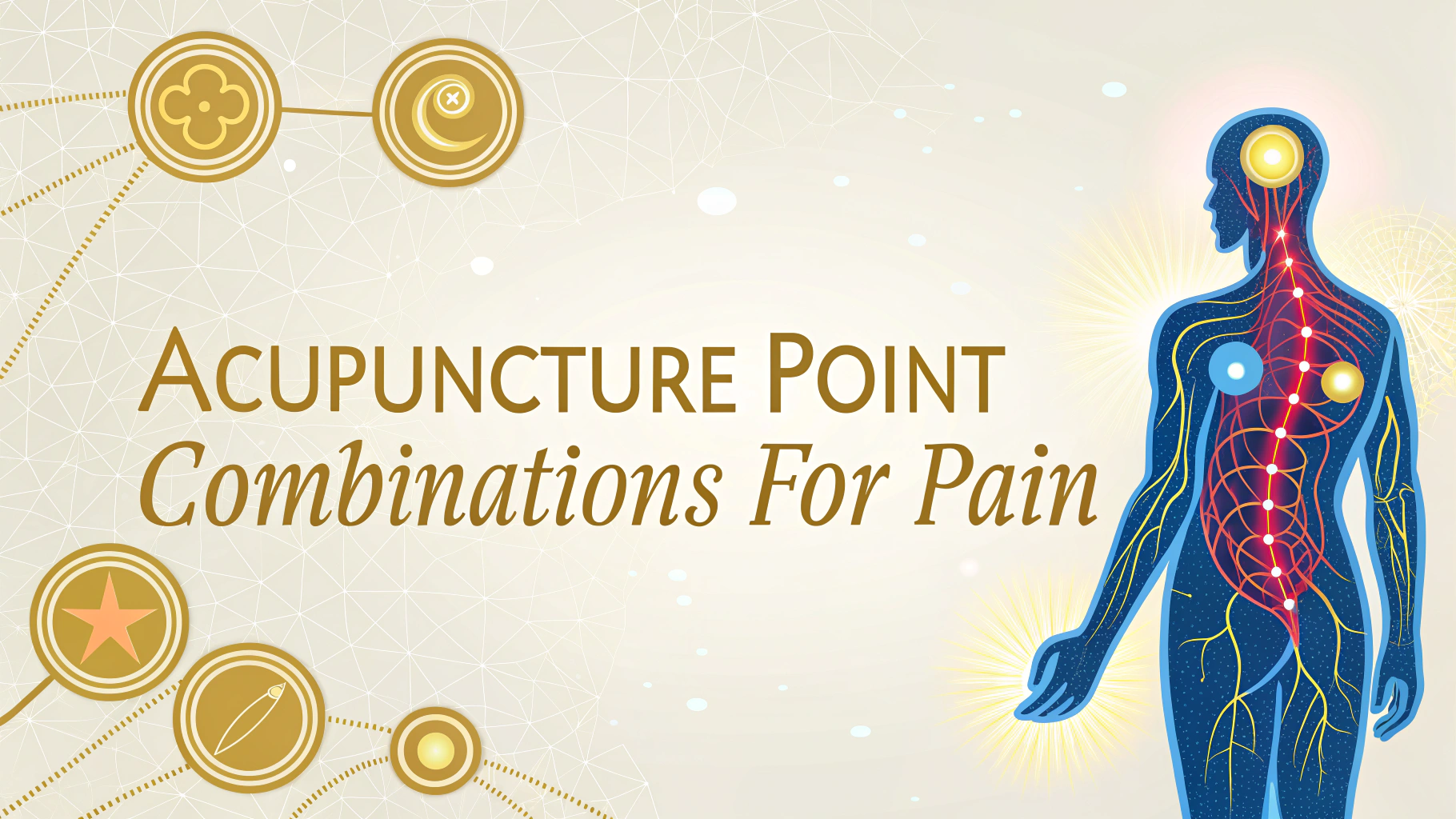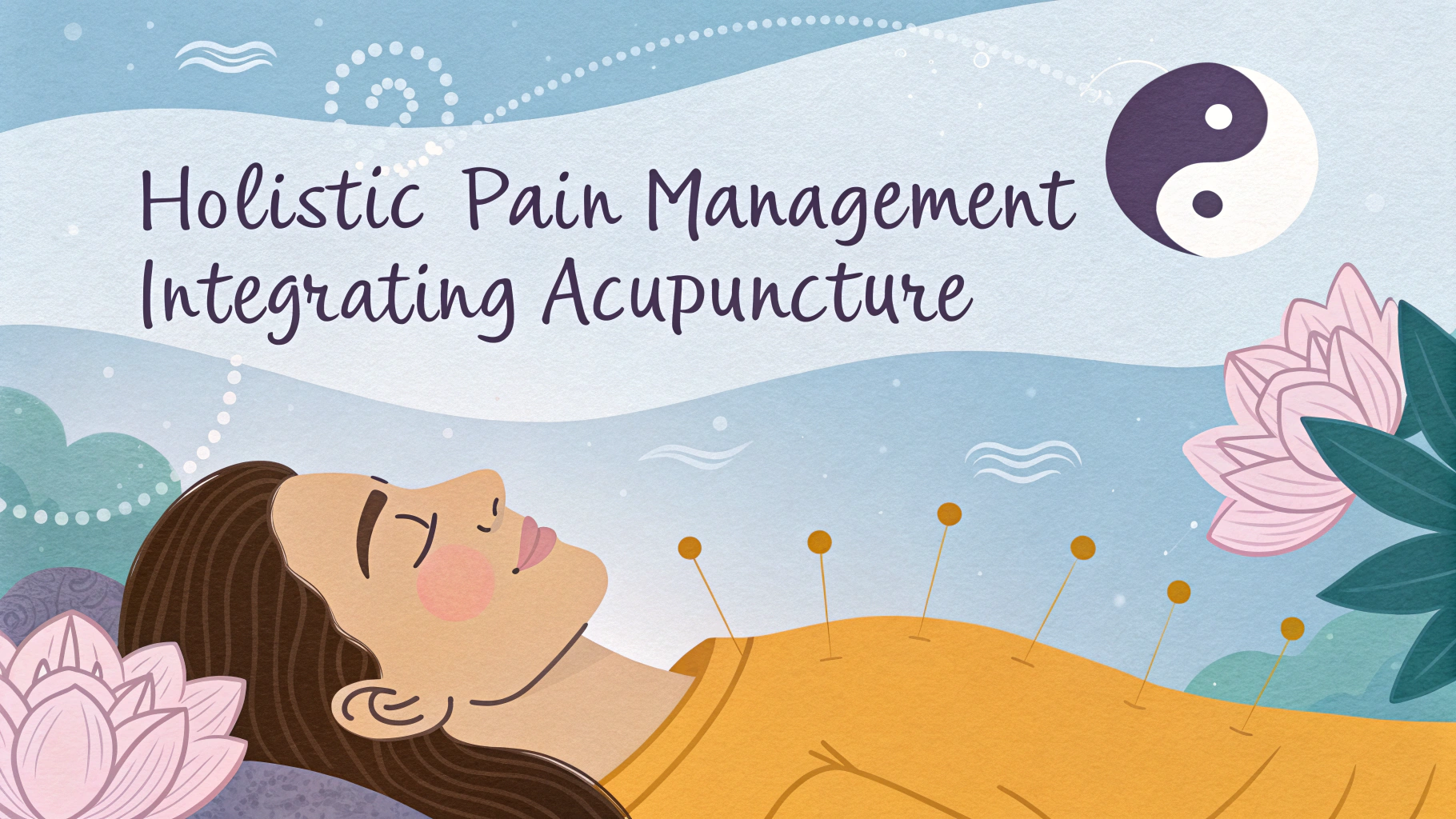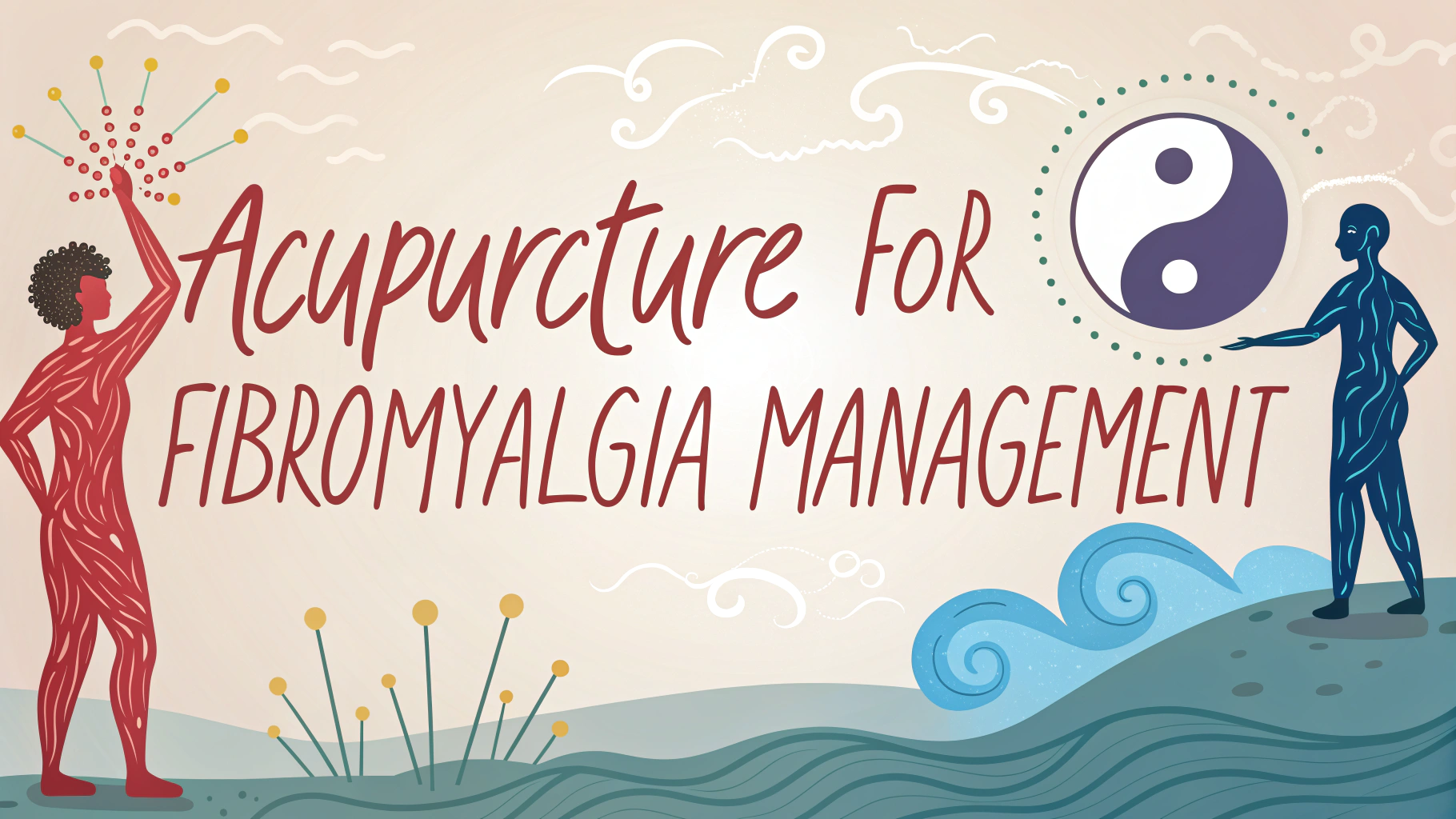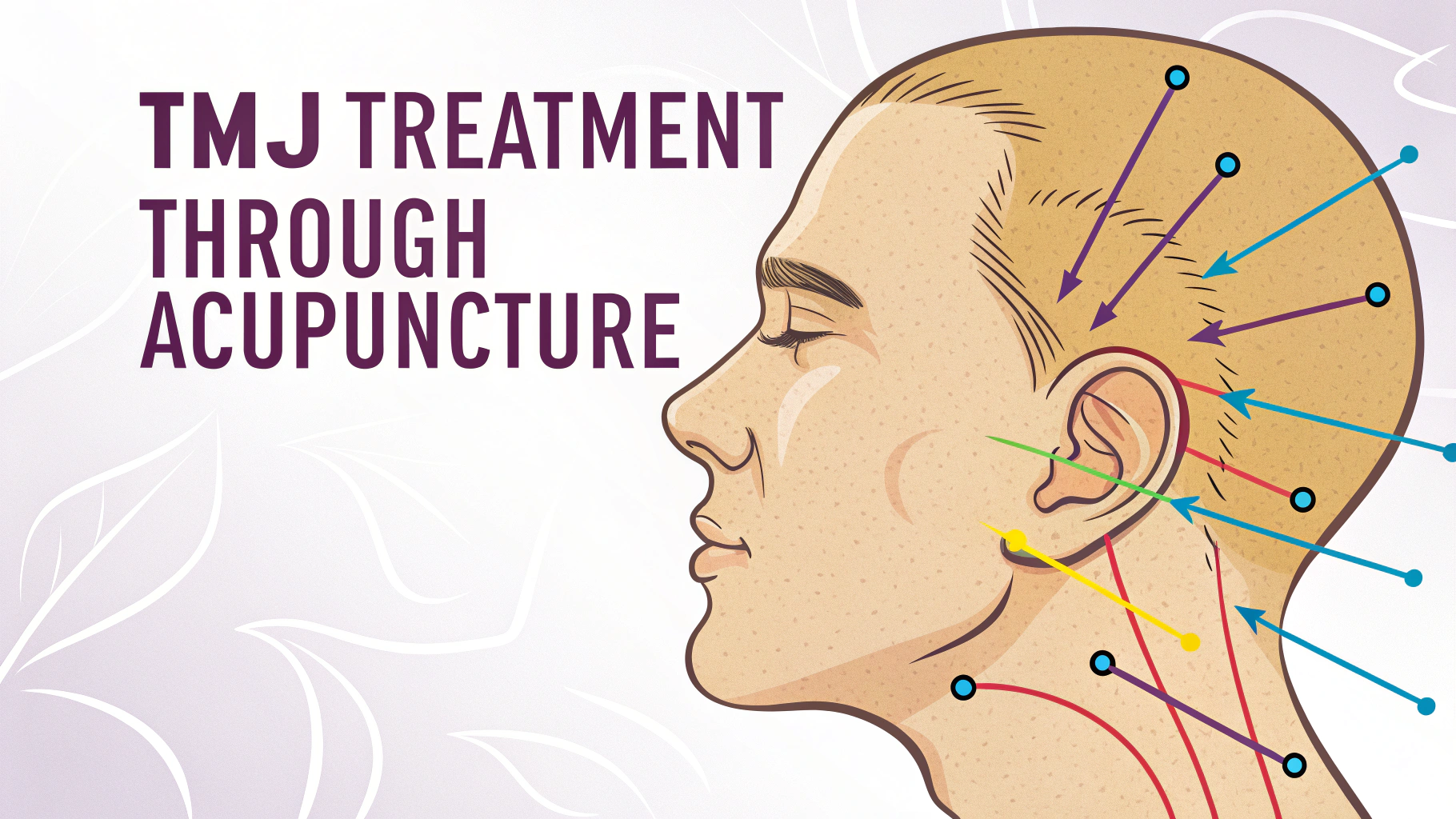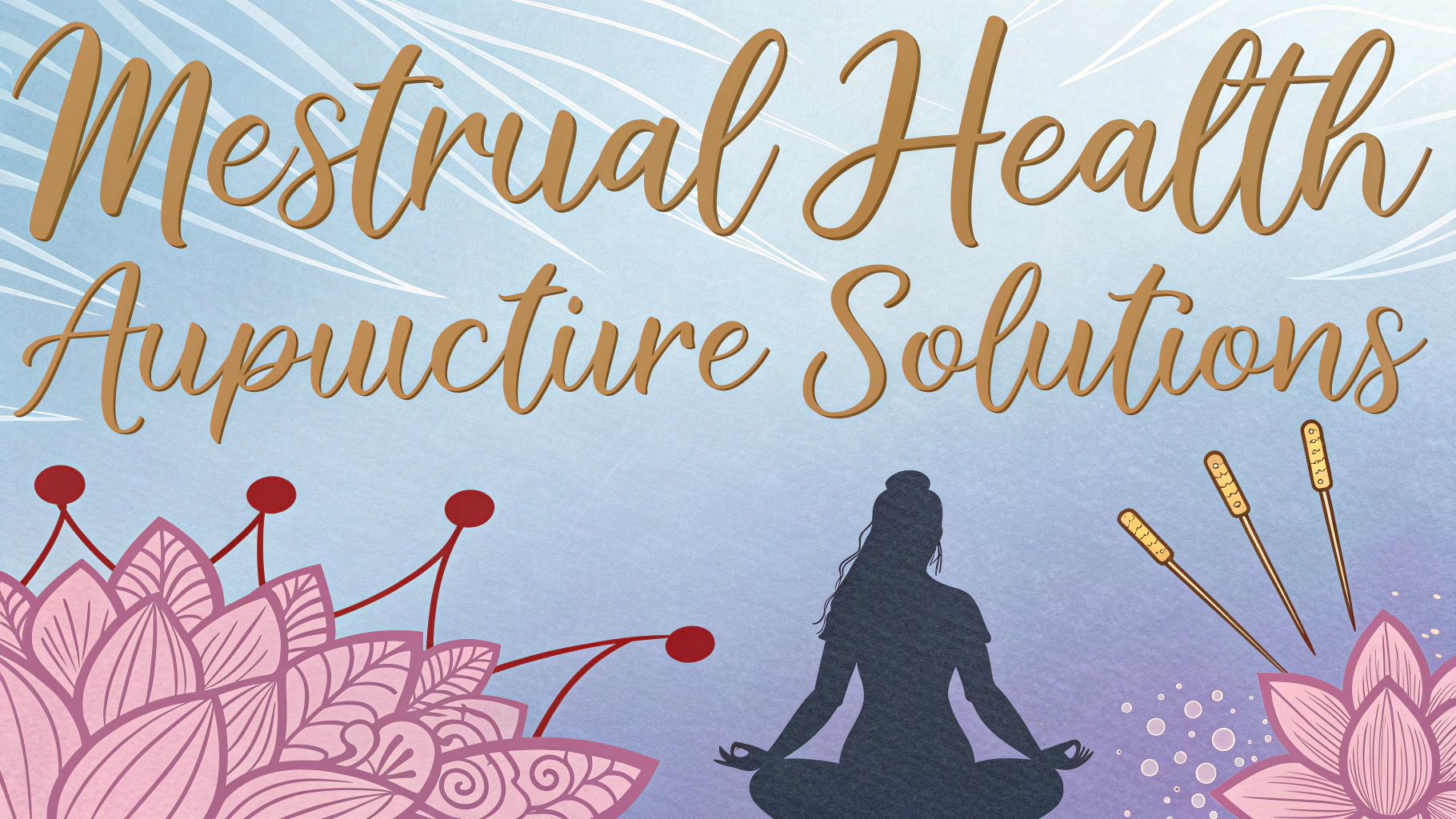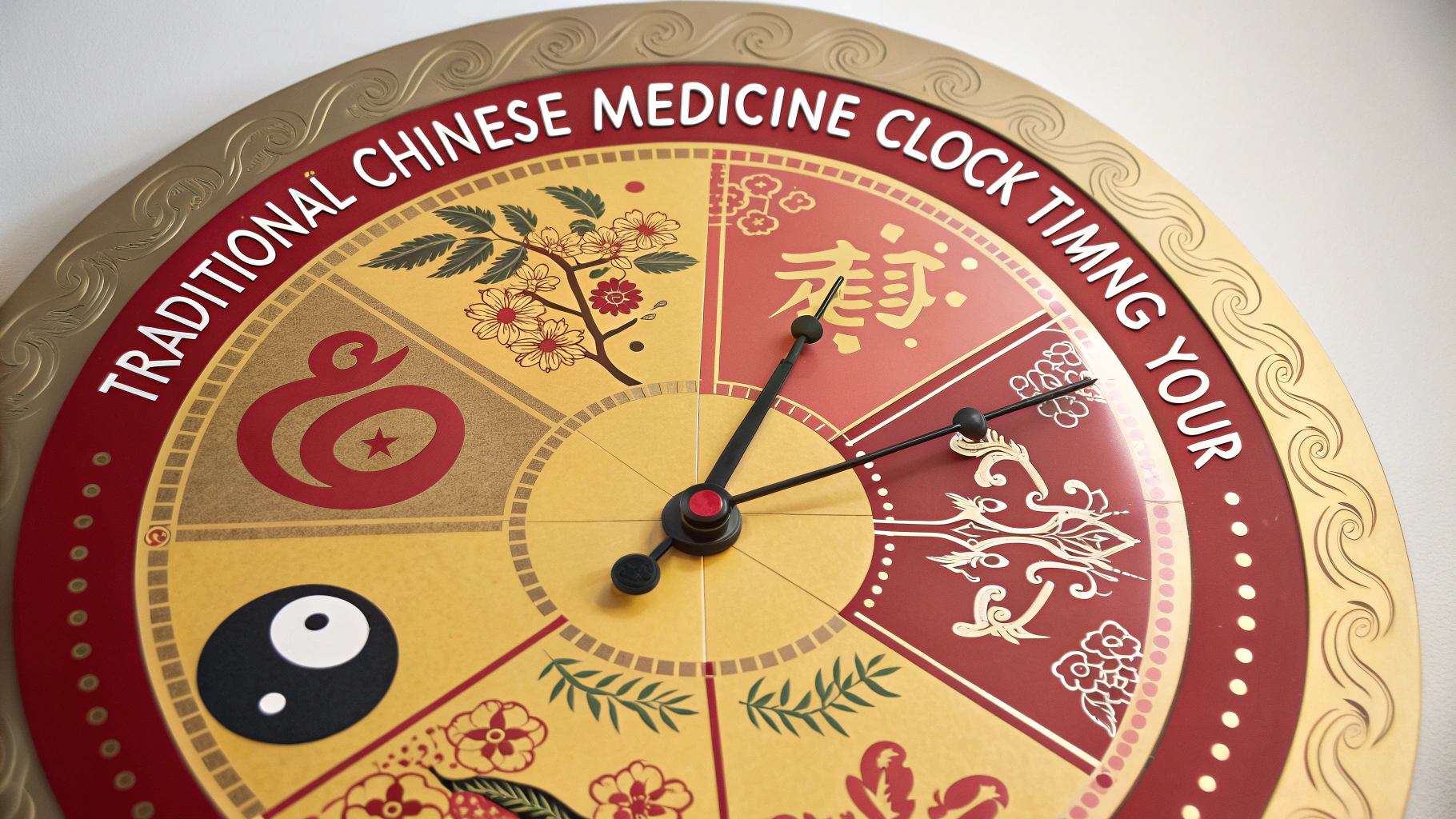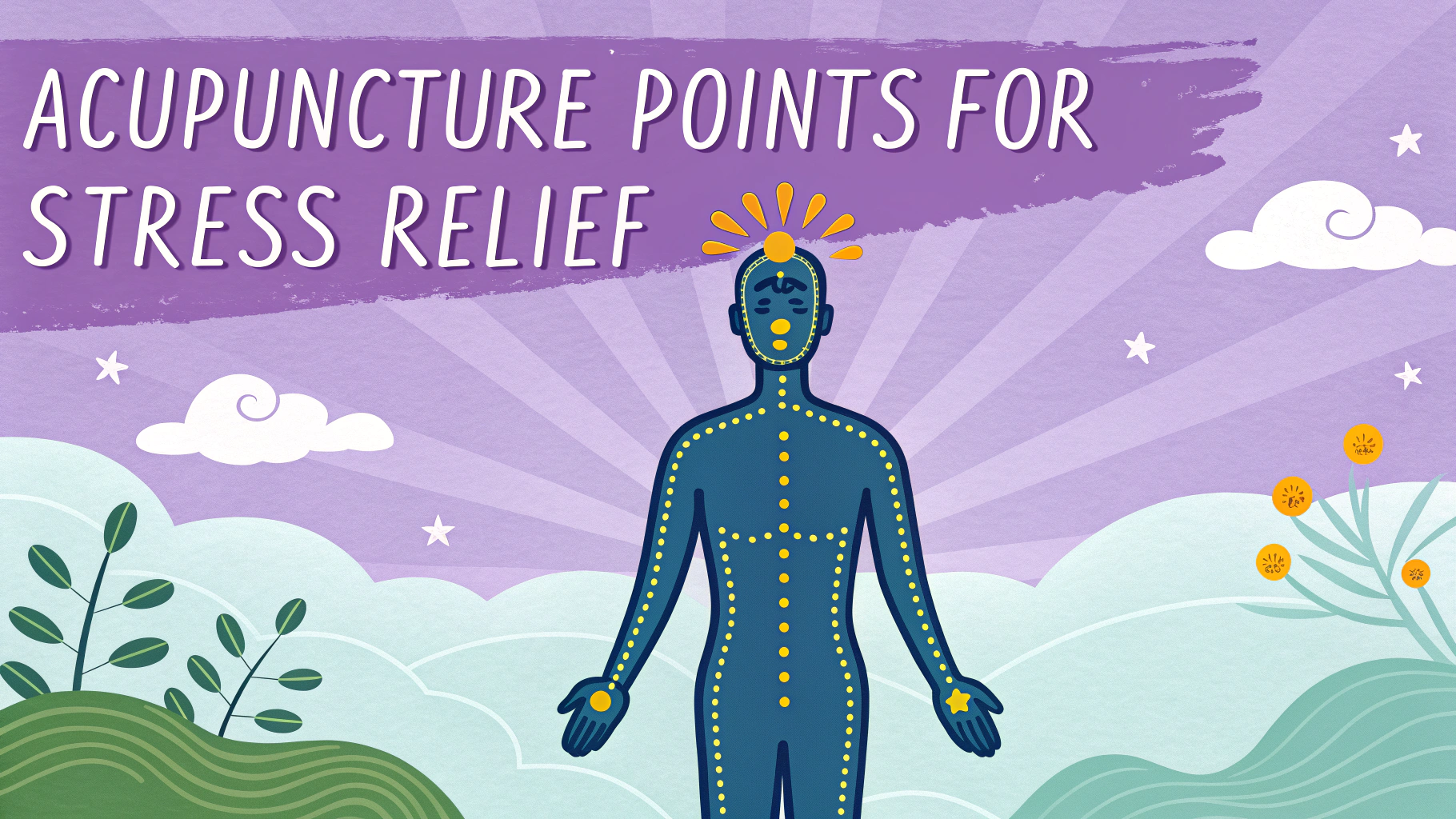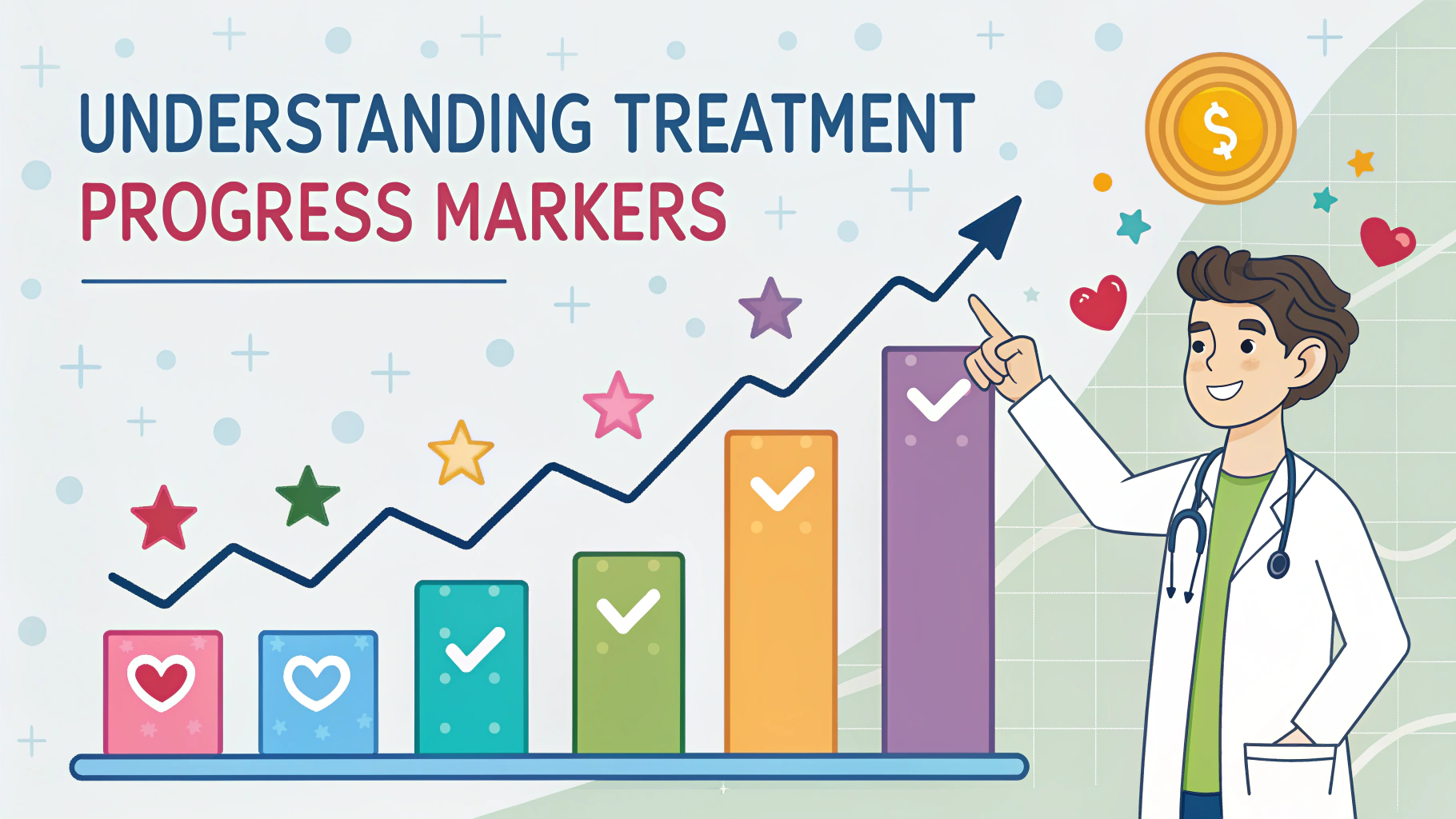Acupuncture offers a natural, effective treatment option for migraine sufferers seeking relief from debilitating headache pain.
Research shows that regular acupuncture treatments can reduce both the frequency and intensity of migraine attacks by targeting specific pressure points that regulate pain signals and blood flow.
This guide explores the most beneficial acupuncture points and protocols for managing migraines, based on Traditional Chinese Medicine principles and modern clinical research.
Key Acupuncture Points for Migraine Relief
- GB20 (Feng Chi) – Located at the base of the skull, this point helps relieve headaches and neck tension
- LI4 (He Gu) – Found between the thumb and index finger, effectively reduces head and face pain
- Tai Yang – Situated at the temples, helps alleviate migraine pain and eye strain
- DU20 (Bai Hui) – Located at the crown of the head, calms the mind and eases headache pain
- SP6 (San Yin Jiao) – Located above the ankle, helps balance hormones and reduce pain
Treatment Protocol
A typical migraine treatment protocol involves 30-60 minute sessions, once or twice weekly for 8-12 weeks.
| Session Type | Frequency | Duration |
|---|---|---|
| Initial Treatment | 2x weekly | 4 weeks |
| Maintenance | 1x weekly | 4-8 weeks |
| Prevention | Monthly | Ongoing |
What to Expect During Treatment
Each session begins with a brief consultation to assess current symptoms and triggers.
The acupuncturist inserts hair-thin needles at specific points, which remain in place for 20-30 minutes.
Many patients report feeling deeply relaxed during treatment, with pain relief often beginning within minutes.
Self-Care Between Sessions
- Apply gentle pressure to LI4 point for 2-3 minutes when feeling early migraine symptoms
- Use acupressure massage at GB20 points before bed
- Keep a migraine diary to track triggers and treatment effectiveness
- Stay hydrated and maintain regular sleep patterns
Finding a Qualified Practitioner
Look for practitioners certified by the National Certification Commission for Acupuncture and Oriental Medicine (NCCAOM).
Contact the American Academy of Medical Acupuncture at 310-379-8261 for referrals to qualified practitioners in your area.
Schedule a consultation to discuss your specific migraine patterns and develop a personalized treatment plan.
Moving Forward with Migraine Management
Combining acupuncture with lifestyle modifications and trigger avoidance creates a robust approach to migraine management.
Track your progress and communicate changes to your practitioner to optimize treatment effectiveness.
Consider maintenance sessions every 4-6 weeks after initial improvement to prevent migraine recurrence.
Clinical Research Support
Multiple studies published in leading medical journals demonstrate acupuncture’s effectiveness for migraine treatment. A 2017 Cochrane review found that acupuncture reduced migraine frequency by 50% in over half of participants.
Understanding Treatment Costs
Initial consultation and treatment typically ranges from $75-150. Follow-up sessions average $60-120. Many insurance plans now offer coverage for acupuncture treatments when prescribed for chronic pain management.
Typical Insurance Coverage
- Medicare Part B covers up to 12 sessions annually
- Private insurance often covers 12-20 sessions per year
- Some plans require pre-authorization or referral
Complementary Therapies
Enhance acupuncture benefits by incorporating:
- Stress-reduction techniques like meditation
- Regular gentle exercise such as yoga or tai chi
- Dietary modifications to avoid trigger foods
- Herbal supplements recommended by your practitioner
Empowering Your Migraine Management Journey
Acupuncture offers a powerful tool for long-term migraine management when combined with proper self-care and professional guidance. Regular treatments can significantly reduce reliance on medication while improving overall quality of life.
Work closely with your practitioner to develop and adjust your treatment plan as needed. With commitment and consistency, many patients achieve substantial reduction in migraine frequency and severity, leading to sustained relief and improved well-being.
FAQs
- What are the most effective acupuncture points for migraine treatment?
The most effective points include GB20 (Feng Chi), LI4 (He Gu), GB43 (Xia Xi), Tai Yang, and DU20 (Bai Hui). These points are known to relieve headache pain, reduce inflammation, and promote relaxation. - How many acupuncture sessions are typically needed for migraine relief?
Most patients require 6-12 weekly sessions initially. Maintenance sessions may be needed every 4-8 weeks afterward, depending on migraine frequency and severity. - Can acupuncture prevent migraines or only treat acute episodes?
Acupuncture can both treat acute migraine episodes and work as preventive therapy. Regular treatments can reduce the frequency and intensity of migraine attacks by addressing underlying imbalances. - What is the success rate of acupuncture for migraine treatment?
Clinical studies show that approximately 50-60% of migraine patients experience significant reduction in headache frequency and intensity with regular acupuncture treatments. - How long does relief from an acupuncture treatment typically last?
Relief can last anywhere from several days to several months. Most patients report sustained benefits for 3-6 months after completing a full treatment course. - Are there any side effects of using acupuncture for migraines?
Minor side effects may include slight bruising, minor soreness at needle sites, and temporary fatigue. Serious adverse effects are extremely rare when performed by licensed practitioners. - Can acupuncture be combined with conventional migraine medications?
Yes, acupuncture can safely be used alongside conventional migraine medications. It may even help reduce the need for medication over time. - How quickly can patients expect relief after an acupuncture treatment?
Some patients experience immediate relief, while others may notice improvements within 24-48 hours after treatment. Cumulative benefits typically develop over several sessions. - What specific acupuncture protocols are most commonly used for migraines?
Common protocols include the “Four Gates” combination (LI4 and LV3), the “Seven Points of the Head,” and the “Great Wind” protocol using GB20 and related points. - Should acupuncture treatments continue after migraine symptoms improve?
Maintenance treatments are often recommended every 4-8 weeks after initial improvement to prevent recurrence and maintain long-term benefits.

